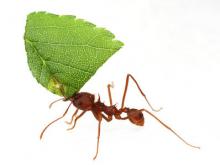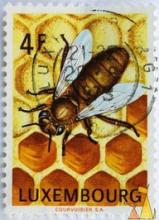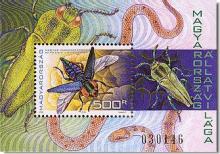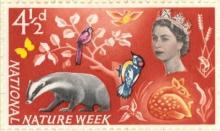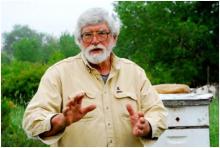Michael McCarthy: The catastrophic decline of our hovering raptor
Staniel is the old English word for the kestrel (Falco tinnunculus), the hovering falcon. Staniel is long forgotten now; our modern English name for the bird comes from the French crécerelle, and I was put in mind of all this recently on a weekend trip to Normandy, where I was delighted to find kestrels hovering all over the place, not least above motorway verges: on a 50-mile stretch of the A28 which runs between Alençon and Rouen, I counted 18 of them. Twenty years ago, this was also a typical sight on the M1, M4 and M6, so much so that the kestrel became nicknamed the motorway falcon; the long, undisturbed grass verges, even with heavy traffic thundering past, had turned out to be perfect hunting grounds for the voles and mice on which kestrels feed. But today it would be a rare occurrence indeed to spot 18 kestrels in 50 miles of the M1, for the bird is increasingly in trouble in Britain, with its numbers dropping by 32 per cent in the years between 1995 and 2010, and a staggering 36 per cent decline just between 2008 and 2009. In the 1960s, 70s and 80s, when birds of prey such as peregrine falcons and buzzards were struggling because of pesticide poisoning and persecution, kestrels were flourishing; but now the situation is reversed, and they are the most threatened of our common raptors.



